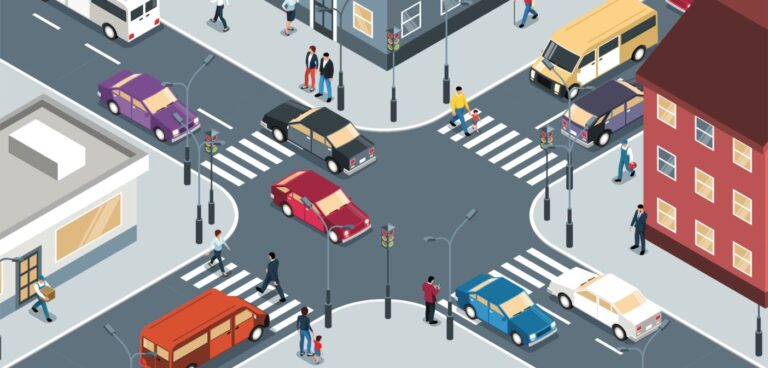Smart traffic lights using wide-angle cameras and artificial intelligence (AI) are set to be trialled on local networks to help regulate crossing times for vulnerable pedestrians.
British company Now Wireless said its system can recognise pedestrians who are taking longer to approach the crossing such as older people, parents with buggies and those with mobility or visual impairments.
The smart traffic signal then logs the slower pace and makes sure the signal is red for longer to help them cross. It works by taking images from a camera on top of the traffic light and processing these using AI equipment fitted to the structure.
It could also be used to remove the need for pedestrians to push a button at Pelican crossings by predicting if people are likely to cross.
The system is set to be offered to up to 40 councils, which Now Wireless currently works with on traffic management.
The system will initially cost about £2,500 per crossing, and the technology will be tested over the next few months before being switched on in August.
Brian Jackson, chief executive, Now Wireless, said: “What we can now do is use cameras to make better use of crossings, giving priority when needed and more fairly than traditional systems allow.
“As economies build back, information about pedestrian numbers, and making sure that crossing points operate efficiently, will be particularly important for urban areas.”
In a statement, Now Wireless added: “The camera looks at the approach as well as the immediate area (it’s a wide angle lens) feeding the images into the AI (a grey box at the crossing).
“It not only ‘sees’ people standing but, via the camera, tracks the vector (movement from one point to another) of people approaching from up to 15m away.
“The machine learning then predicts whether people walking in a particular vector are likely to cross at the lights (i.e. the machine corrects itself in a short period after installation if it makes a wrong call).
“A bunch of parameters can be set by the local authority – say for two people waiting and five approaching, or whatever combination it wants.
“It can also factor in number of vehicles passing by, again feeding off information from the wide angle CCTV lens, to make that a determinant of how long before the lights change.
Traffic lights that are responsive to traffic flow and the build up of pedestrians wanting to cross have been in place for years, however Now Wireless’ latest system follows concerns that older people have been put at risk in the past by pelican crossings that fail to give them time to cross.
A study in 2015 by Age UK found traffic signals often assumed people crossed 1.2m per second but most over-65s walked more slowly.





